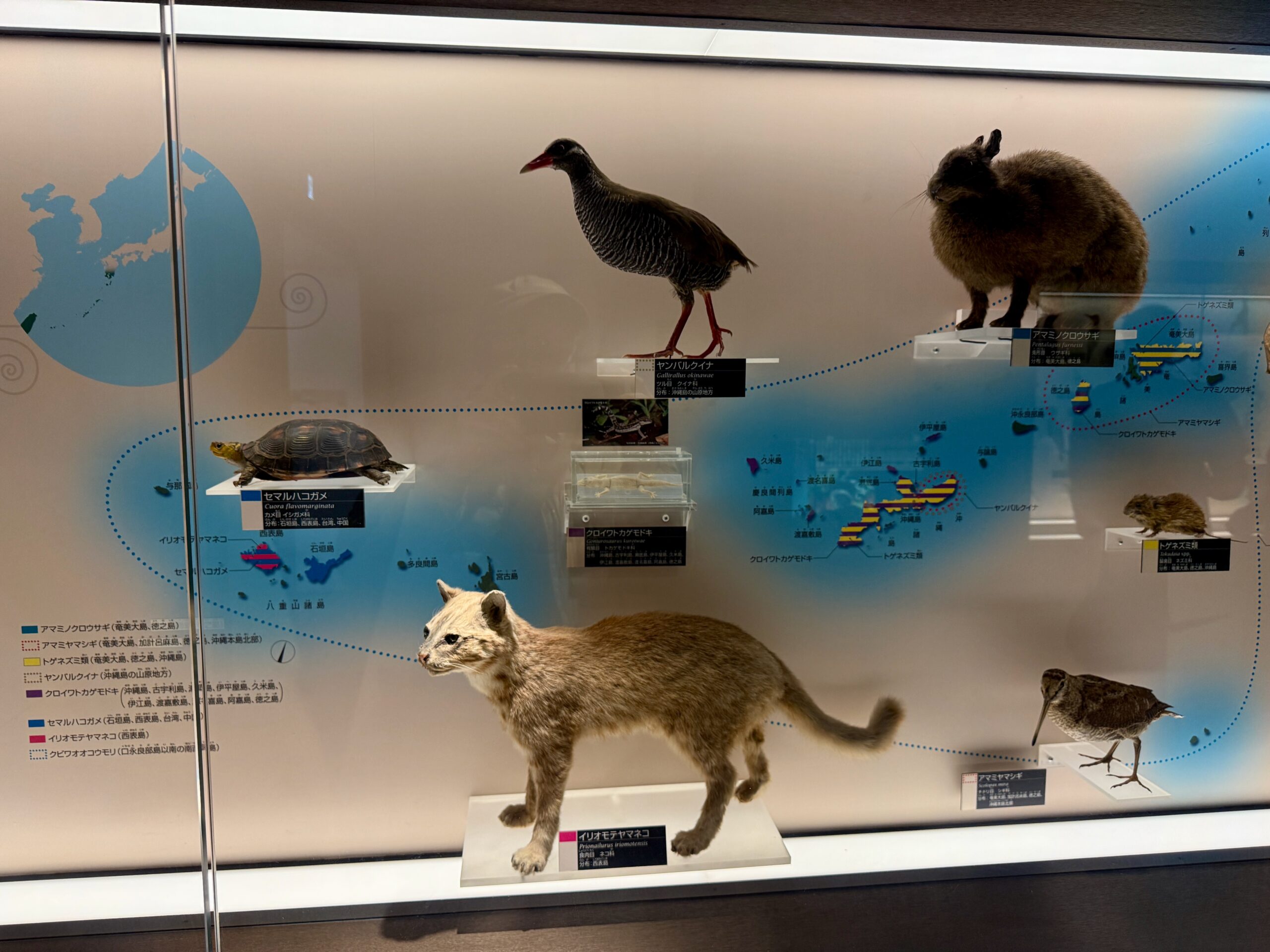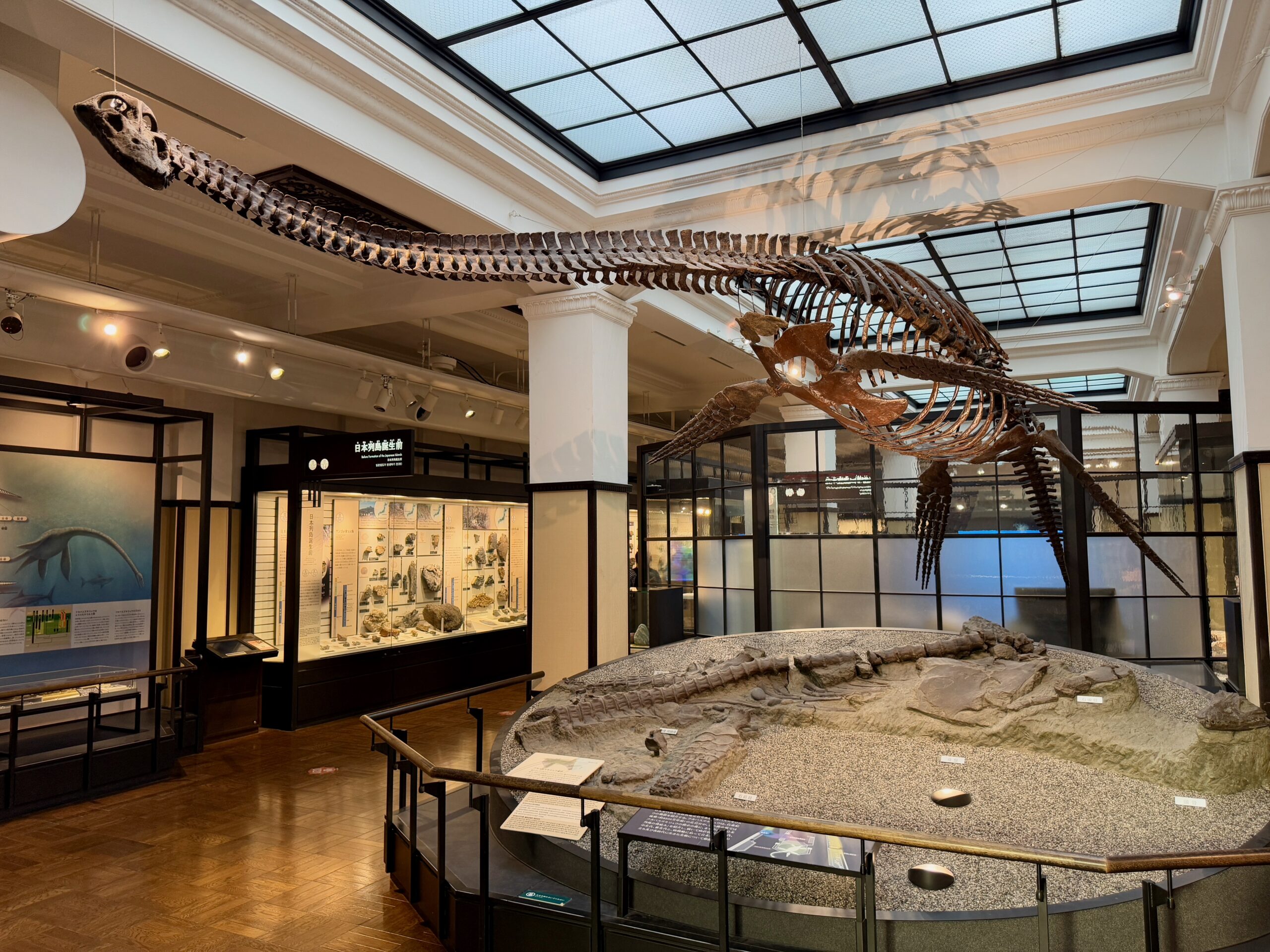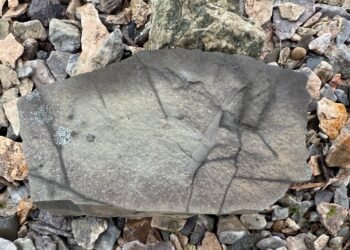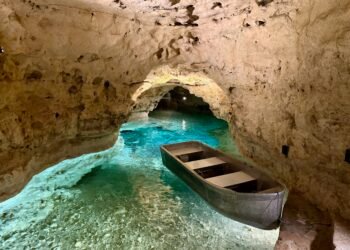Few places capture the spirit of science – past, present, and future, like the National Museum of Nature and Science Tokyo, also known as Kahaku. Nestled in Ueno Park, this iconic museum blends natural history, innovation, and cultural legacy in one immersive experience. During my January visit to Japan, I couldn’t resist diving into its world-class exhibits.
1 A Mild Winter Escape
Having just come from the sweltering heat of Indonesia, Tokyo’s January air was a refreshing change – cool and crisp, but nowhere near the deep freeze I would soon return to in Canada. The contrast was striking, and I welcomed the brisk walk through Ueno Park. The museum is surrounded by other cultural giants like the Tokyo National Museum and the Tokyo Metropolitan Art Museum, making the area a hub for curiosity. Even in the heart of winter, the park’s serenity set the perfect tone for a day of learning and awe.

2 Quick Facts about the National Museum of Nature and Science Tokyo
- Full Name: National Museum of Nature and Science
- Nickname: Kahaku (short for Kokuritsu Kagaku Hakubutsukan)
- Location: Ueno Park, Taito City, Tokyo, Japan
- Founded: 1877
- Admission: ¥630 for adults; free for students and seniors with ID
- Opening Hours: 9:00 AM – 5:00 PM (closed Mondays)
- Language Accessibility: Most exhibits include English translations
- Popular Highlights: Giant squid replica, Plesiosaurus skeleton, mineral gallery, Foucault pendulum
- Website: www.kahaku.go.jp
3 Getting There: A Slightly Twisted Route
Navigating Tokyo’s subway system is efficient but can be a bit of a maze for novices—especially when armed with a subway day pass that doesn’t cover all lines. My journey to the museum took a few unexpected turns, but once I arrived at Ueno Station, the path became clear. A short walk later, I stood before the museum’s entrance, ready to delve into its scientific treasures. The entrance fee was a modest ¥630 for adults, and free for students and seniors, making it accessible for curious minds of all ages.
4 A Cephalopod Welcome
Walking into the museum’s atrium, I was immediately struck by the massive, lifelike replica of a giant squid suspended high above. I had read about their epic deep-sea battles with sperm whales, but seeing one up close—even as a model—was breathtaking. It was a reminder of how little we truly know about our oceans, and how much there is still to discover.

5 Tracing Scientific Heritage
The museum is split into two main galleries: the Japan Gallery and the Global Gallery. But before diving into the exhibits, it’s worth appreciating the museum’s own story. Founded in 1877, the National Museum of Nature and Science Tokyo, is one of Japan’s oldest and most respected institutions dedicated to the sciences. Originally established as the Ministry of Education Museum, it was created during Japan’s Meiji era as part of the country’s modernization efforts. Over the decades, it has undergone several transformations—including reconstruction after World War II—and has evolved into a cutting-edge museum with a rich historical foundation.

I started my visit in the Japan Gallery, which focuses on the natural environment, biological diversity, and the scientific heritage of Japan. One of the highlights was an antique telescope at the entrance to the historical science section. It was like stepping back into the Edo period, a time when Japanese scholars were beginning to engage with Western scientific thought.
What impressed me most was how well the exhibits were curated for international visitors. Almost every display included English descriptions, which made it easy to follow the scientific narratives woven through each section.
6 More Science Travel Adventures
If you enjoy exploring the crossroads of science, nature, and culture, here are a few more of my favourite museum experiences:
7 Discovering Japan’s Biodiversity
Ascending to the upper levels, I found myself surrounded by displays showcasing Japan’s rich biodiversity – land mammals, birds, insects, aquatic life. I hadn’t realized just how diverse the ecosystems across the Japanese archipelago are. Stretching over 3,000 kilometers from north to south, Japan encompasses a wide range of climates—from the snowy subarctic of Hokkaido to the subtropical forests of Okinawa. This geographic variety has given rise to a remarkable number of endemic species, many of which are found nowhere else on Earth.

Each diorama felt like a snapshot of a unique ecological zone. One showed the elusive Iriomote cat stealthily positioned in a subtropical forest. Another featured the yellow-margined box turtle and the Okinawa rail, two species found only in Japan’s southern islands. In the marine section, I encountered reef scenes populated by a cloudy catshark, a deep-sea flapjack octopus, and the iconic Japanese spider crab. I was especially struck by the way these exhibits illustrated the delicate balance of life across islands shaped by both volcanoes and typhoons.

One section that struck a chord with me was the anthropology exhibit, which included skulls and full skeletons of ancient Japanese peoples, along with maps indicating where they were discovered. Seeing these physical remnants of Japan’s earliest inhabitants made the island’s long, rich human history feel incredibly tangible.

8 Minerals, Fossils, and Earth’s Deep Time
From there, I made a beeline to my favorite section: the Earth sciences and paleontology exhibits. Here, the museum truly shines. Japan’s volcanic origins make it a mineral-rich nation, and the mineral gallery was a glittering display of geologic beauty. From pyrite to quartz, each specimen told a story of Earth’s inner workings.

Japan’s geology is especially fascinating due to its position along the Pacific Ring of Fire. This tectonically active zone means the country is constantly shaped by volcanic eruptions, earthquakes, and mountain-building processes. These dynamic forces not only create rich deposits of minerals but also expose layers of Earth’s history, offering an unparalleled window into deep geologic time.
But it was the fossil exhibit that stopped me in my tracks. Towering in the hall was a skeleton of a Plesiosaurus – a massive marine reptile from the Mesozoic era. Like the giant squid, it evoked imagery of ancient oceans teeming with life both majestic and terrifying. Among the many fossils, one of the most remarkable was a giant nautilus shell. Its swirling, geometric form was both beautiful and alien.

Many of the fossils were unique to Japan, revealing a prehistoric landscape I had never considered before. The exhibits traced ancient marine ecosystems, long-lost forested basins, and volcanic plains that once dominated the archipelago. While I’ve seen similar fossils in museums in London and New York, these specimens gave me new appreciation for Japan’s ancient natural history.
9 Physics in Motion
As I neared the end of my visit, I encountered one more gem: a large, slowly swinging Foucault pendulum. This elegantly simple device demonstrates Earth’s rotation – a scientific revelation first made public in 1851. Watching it silently swing, knocking over pegs in a circle, was oddly meditative. It’s a beautiful example of how science doesn’t always require complexity to be profound.
10 A Treasure Shop for Fossil Fans
Before leaving, I wandered into the gift shop, which offered a surprisingly extensive selection of genuine fossil specimens. Many were from Japan, and while their prices matched their rarity and beauty, it was tempting to bring a piece of Earth’s deep history home. Even if just browsing, the shop was a mini-museum in its own right.

11 Practical Travel Tips
- Subway Access: Use the Tokyo Metro or JR lines to reach Ueno Station. Be aware that some subway day passes do not cover all lines.
- Museum Hours: Typically open from 9:00 AM to 5:00 PM; closed on Mondays.
- Admission Fee: ¥630 for adults; free for students and seniors (ID required).
- Nearby Attractions: Make time to explore other museums in Ueno Park, such as the Tokyo National Museum and the Ueno Zoo.
- Best Time to Visit: Weekday mornings offer the quietest experience with fewer school groups.
- Recharge: There are limited food options inside the museum; consider packing a snack or visiting nearby cafes in Ueno Park.
12 Pro Tips for the Science Traveler
- Language: Many exhibits have English translations, but a translation app can help with deeper context.
- Photography: Most exhibits allow photography, but flash is typically not permitted. Check signage.
- Time Needed: Allocate at least 2–3 hours; science lovers may want to spend a full half-day.
- Focus Areas: Don’t miss the Japan Gallery’s biodiversity exhibits and the Global Gallery’s fossil and mineral halls.
- Gift Shop Finds: If you’re a collector, bring a padded pouch—some fossil specimens for sale are fragile and rare.
13 Final Reflections
As I walked back through Ueno Park toward the station, I felt deeply satisfied. The National Museum of Nature and Science Tokyo, had delivered on every front: education, wonder, and a renewed appreciation for the natural world—and our place within it. It reminded me why I love science travel in the first place: every destination holds stories that stretch across time, and museums like this help us hear them.
If you find yourself in Tokyo, and especially if you thrill at fossils, minerals, evolution, or human history, don’t miss this museum. Set aside at least a couple of hours—but if you’re anything like me, you’ll wish you had the whole day.
For science travelers and curious minds alike, the National Museum of Nature and Science is more than a stop on an itinerary – it’s a journey into Japan’s scientific soul.











